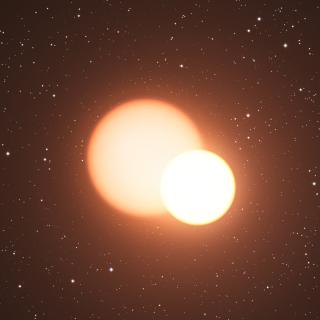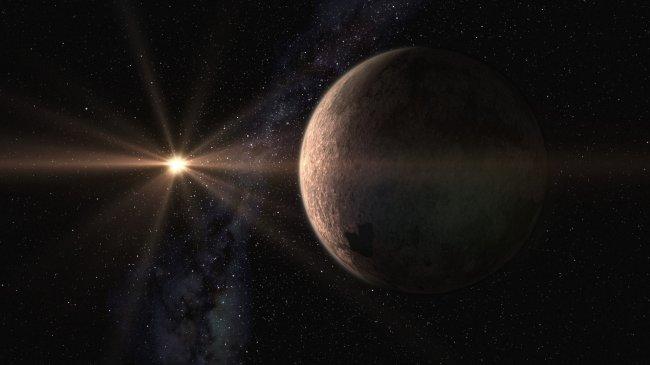It may interest you
-
 La Fundación” la Caixa” prosigue con su compromiso con el fomento de la investigación en España a través de sus distintas convocatorias de becas. Recientemente, ha concedido 100 becas de doctorado y posdoctorado para que investigadores de excelencia desarrollen sus proyectos en universidades y centros de España y Portugal. En este sentido, refuerza los lazos con el Instituto de Astrofísica de Canarias (IAC) que ha recibido a dos de las cien personas becadas en estas modalidades. A través de los programas INPhINIT, dirigido a personal doctorando, y Junior Leader, enfocado en la etapaAdvertised on
La Fundación” la Caixa” prosigue con su compromiso con el fomento de la investigación en España a través de sus distintas convocatorias de becas. Recientemente, ha concedido 100 becas de doctorado y posdoctorado para que investigadores de excelencia desarrollen sus proyectos en universidades y centros de España y Portugal. En este sentido, refuerza los lazos con el Instituto de Astrofísica de Canarias (IAC) que ha recibido a dos de las cien personas becadas en estas modalidades. A través de los programas INPhINIT, dirigido a personal doctorando, y Junior Leader, enfocado en la etapaAdvertised on -
 An international team of astronomers, including researchers from the IAC, have performed a unique cosmic test - measuring the mass of an ancient star using two entirely different methods, finding agreement to within just 1.4%. This result marks a milestone in our ability to determine the ages of old stars and use them as living fossils to study the Milky Way’s distant past. The team analysed the red giant in the binary system KIC 10001167 using two independent approaches: firstly, by measuring the brightness and radial velocity variations due to the orbital motion of the binary, and secondlyAdvertised on
An international team of astronomers, including researchers from the IAC, have performed a unique cosmic test - measuring the mass of an ancient star using two entirely different methods, finding agreement to within just 1.4%. This result marks a milestone in our ability to determine the ages of old stars and use them as living fossils to study the Milky Way’s distant past. The team analysed the red giant in the binary system KIC 10001167 using two independent approaches: firstly, by measuring the brightness and radial velocity variations due to the orbital motion of the binary, and secondlyAdvertised on -
 The director of the Instituto de Astrofísica de Canarias (IAC), Professor Valentín Martínez Pillet, has been appointed Corresponding Academician of the Royal Academy of Exact, Physical, and Natural Sciences of Spain . This recognition recognizes his career and contributions to the scientific field. This follows the recent appointment of Antxón Alberdi Odriozola, current director of the Institute of Astrophysics of Andalusia , who has also been elected Corresponding Academician of the same institution. With these new appointments, the presence of astronomers in the Royal Academy of SciencesAdvertised on
The director of the Instituto de Astrofísica de Canarias (IAC), Professor Valentín Martínez Pillet, has been appointed Corresponding Academician of the Royal Academy of Exact, Physical, and Natural Sciences of Spain . This recognition recognizes his career and contributions to the scientific field. This follows the recent appointment of Antxón Alberdi Odriozola, current director of the Institute of Astrophysics of Andalusia , who has also been elected Corresponding Academician of the same institution. With these new appointments, the presence of astronomers in the Royal Academy of SciencesAdvertised on

